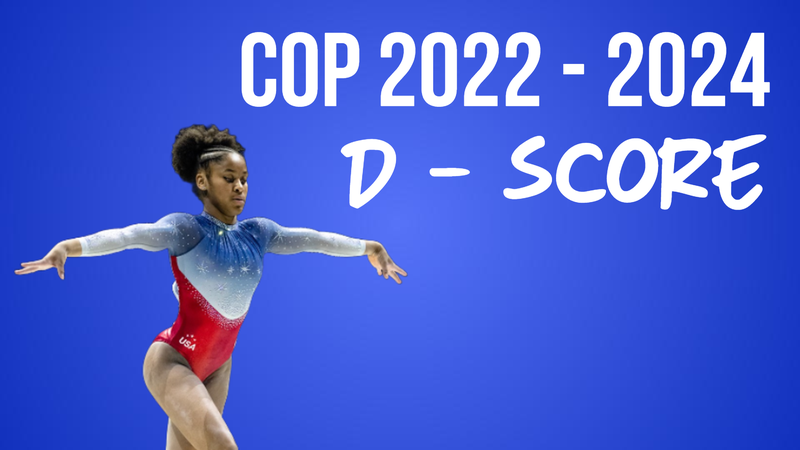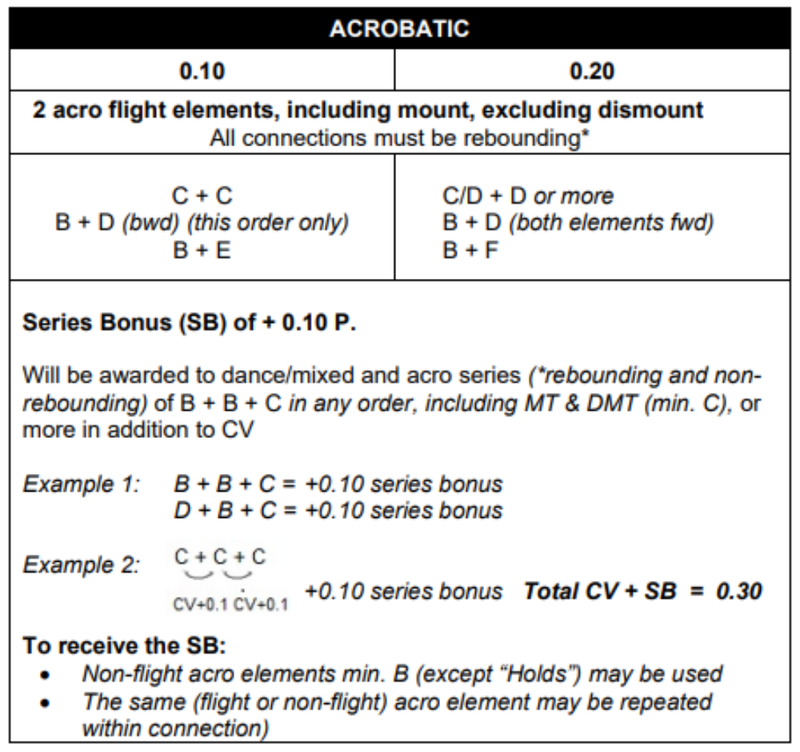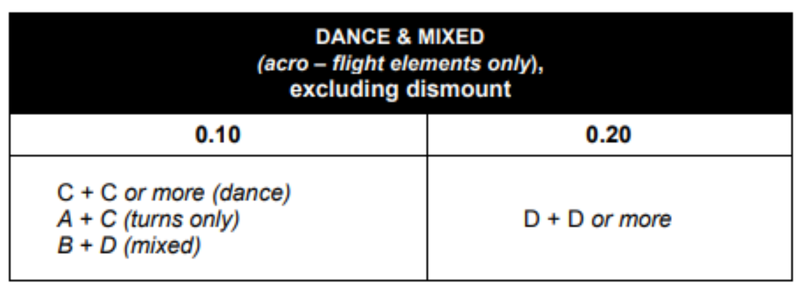
Artistic gymnastics is one of the most spectacular sports there is; it combines powerful acrobatics with precise dance moves, and it requires rigorous training.
One of the reasons it is not as popular as other sports is that it is difficult to understand how the scoring system works.
Up until 2005, gymnastics was judged under the 10.0 scoring system. That meant that exercises had a maximum value of 10.00 and deductions of execution were applied to it. Due to the controversy of the judging at the Athens 2004 Olympic Games, where the real male artistic gymnastics all around champion, Yang Tae-young collected a bronze medal, and USA's Paul Hamm took, due to a mistake that took 0.1 points off his parallel bars start value, which, at the end of the competition left him in 3rd place. Though later the Gymnastics International Federation admitted that the American gymnast had received the gold medal by mistake, they didn't amend the results. This and other controversies called for changes in the unfair scoring system, they needed to make sure that gymnasts were correctly awarded for the difficulty and execution of their exercises.
So in 2006, a new Code of Points was introduced, assigning a value to each skill and changing the way performances were judged, separating the score into D-Score (Difficulty Score) and E-Score (Execution Score). After a few alterations
The D-score takes into account the Difficulty Value (DV) or the skills that are performed during the exercise (all of which have a predetermined value), plus the Composition Requirements (CR), which are a series of requirements that are different for each apparatus; plus the Connection Value (CV), otherwise called bonus, which are extra points awarded for connecting 2 or more skills or elements. There is no cap to the D-Score, so it can be as high as the gymnast is able to put together.
The E-score is the evaluation of how the gymnast executes the exercise. All E-scores are starting with a 10.0 maximum value and the judges apply deductions for each error the gymnast makes. As with the D-Score, there is a list of all the deductions that can be applied, with the corresponding amount of points that such be subtracted from the 10.0 start value.
For beam, these are the D-Score requirements:
Only the 8 skills with the highest difficulty are counted towards the DV. Those 8 elements need to be a minimum of 3 dance skills (leaps, jumps,...), 3 acrobatic skills (flic-flacs, somersaults,...)
There are 4 Composition Requirements, each has a 0.5 points value, adding up to 2.00 points, as follows:
- 1 connection of minimum 2 different dance elements, 1 being a leap or jump with 180º split, or straddle position
- 360º turn or Rolls/Flairs
- 1 Acro series (min of 2 flight elements), 1 being a salto
- Acro elements in different directions (forward/sideward and backward)
Connection Value (CV) and Series Bonus (SB) are awarded for direct connections
- Series Bonus is awarded for connecting 3 or more elements
Formulas for direct connections:


So, taking all of these into consideration, when you watch the above video, you will understand how the D-Score is awarded.
Comments